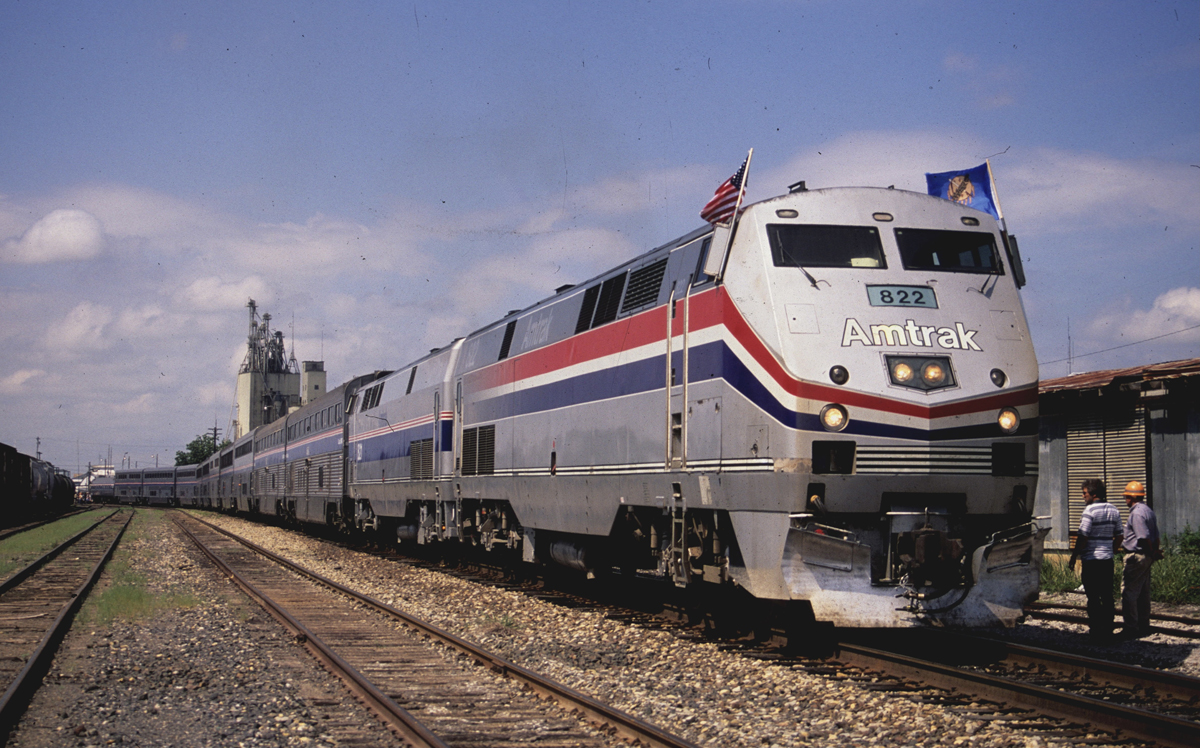
ARLINGTON, Texas — The Heartland Flyer passenger service has received a one-year funding reprieve, thanks to a decision by the federally designated planning organization for the Dallas-Fort Worth area to divert funding from regional highway tolls to cover the Texas portion of the train’s operating grant.
The Regional Transportation Council of the North Central Texas Council of Governments voted at a meeting today (July 10, 2025) to redirect $3.5 million to cover the funding previously contributed by the state.
The Texas legislature, which meets only once every two years, failed to fund the Texas Department of Transportation’s commitment for the train in the $337 billion state budget passed on May 31. This threatened the train’s continued operation past Sept. 30, 2025 [see “Heartland Flyer service in jeopardy …,” Trains News Wire, June 4, 2025].
The resolution passed by the Regional Transportation Council calls for an “emergency funding commitment to extend service long enough to develop a second-year funding program in order to get back to the 90th Legislative session.” Prior to the gathering, a letter to NCTCOG from the mayors of Fort Worth and Gainesville, Texas, and a Denton County judge pointed out that the train “generates $5.3 million in direct economic benefits and an estimated $23.7 million in economic activity.” [That letter begins item 8 in the council’s agenda packet.]
Oklahoma chose to initiate and pay for the once-daily round trip between Oklahoma City and Fort Worth, Texas, in 1999 after federal legislation incentivized states to invest that weren’t part of Amtrak’s network at the time; Maine’s Downeaster was also a beneficiary. As costs rose, Texas began contributing [see “Texas funding for Heartland Flyer on hold: Analysis,” News Wire, April 16, 2025]
Michael Morris, the agency’s transportation director, said that if service is terminated, “the federal government will seek a clawback reimbursement of funds it expended in the corridor, and I’m not convinced the legislature fully understood that.” An additional concern would be the train’s unavailability for FIFA World Cup soccer events in mid-2026. “Stepping in for one year will get all parties back to a conversation with the legislature for funding a second year,” Morris added. As part of the bailout, he advocated stepped-up efforts to promote the service.
Regional toll revenue funds are being tapped, Morris says, because the cash is immediately available, “and Amtrak will need an expedited payment. If you remember, three months ago we had to pay $80,000 because Texas DOT didn’t have enough money at the time.” The transportation council has 45 members and only one member voted against the proposal. Not all members may have taken part and a final vote count was not immediately available.
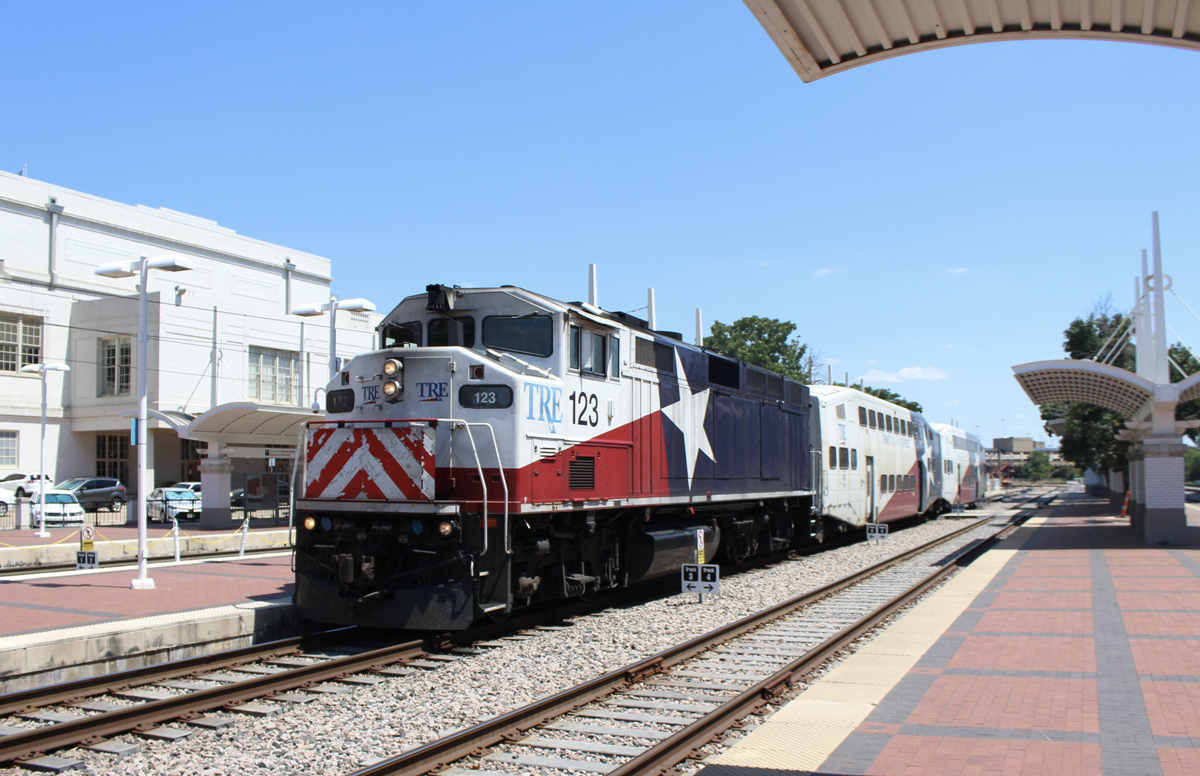
Also on the transportation council’s docket was a $1 million plan to hire a consultant that would develop a policy to develop “transit options for the region, resolve transit-related issues with the Texas Legislature, and create transit member city opportunities, hopefully reducing the chance that cities may wish to opt out of their transit authority,” according to the meeting agenda.
More than an hour of contentious debate followed, reflecting conflicts between the communities in the region that are currently served — or not served — by commuter rail and transit [see “Bill to slash Dallas-Fort Worth transit funding….,” News Wire, May 7, 2025].
Morris argued the proposal would help resolve differences in a region where “transit demand is not being met by supply” and by 2050 if nothing changes, no more than 25% of the region will have access to public transportation. The idea was to provide communities a way to evaluate needs and generate cost estimates comparing rail and highway solutions. But the proposal for the study was voted down, with one council member contending the state will never adequately fund transit ”if they can’t come up with $3.5 million for the Heartland Flyer.”
A recording of the entire meeting is supposed to be posted on the NCTCOG website on July 11, but only audio was available during the live stream.






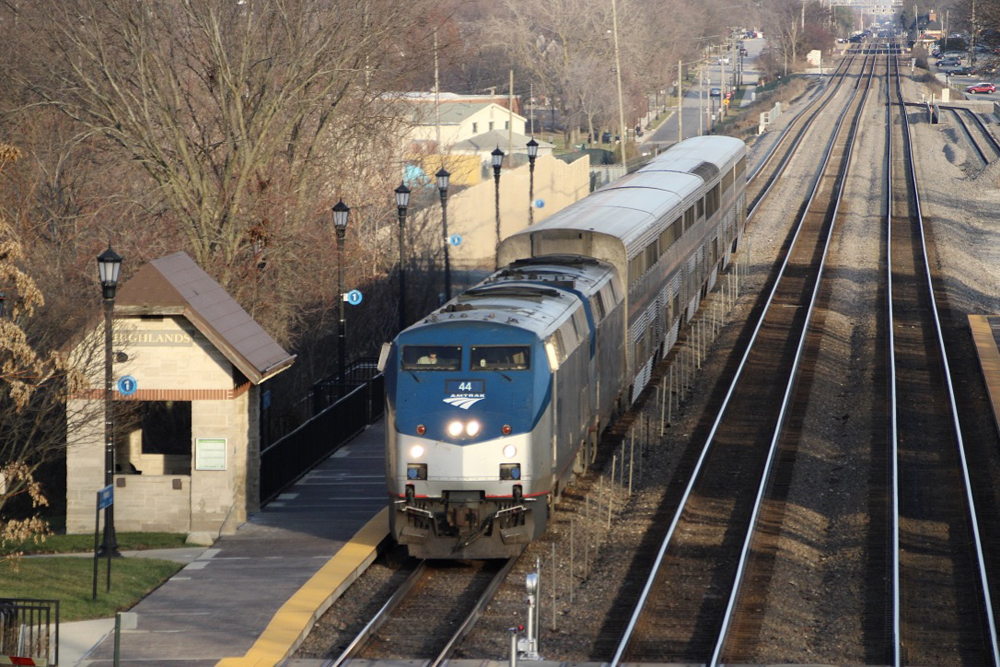

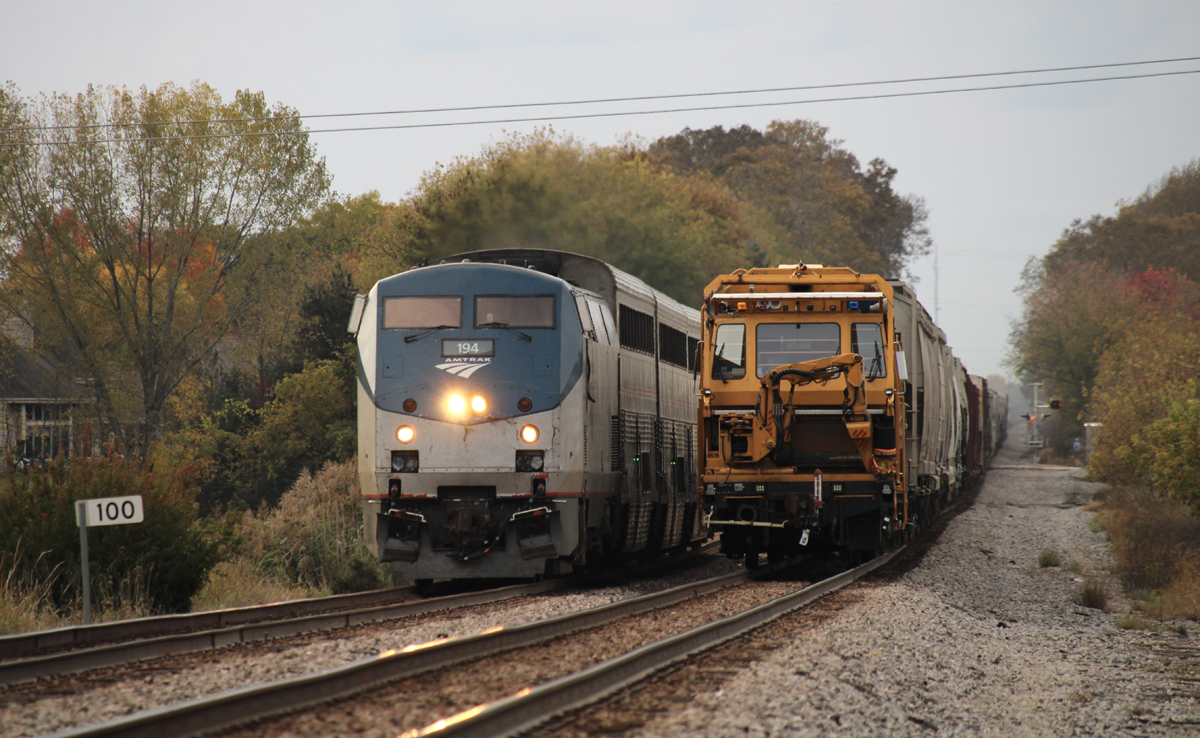
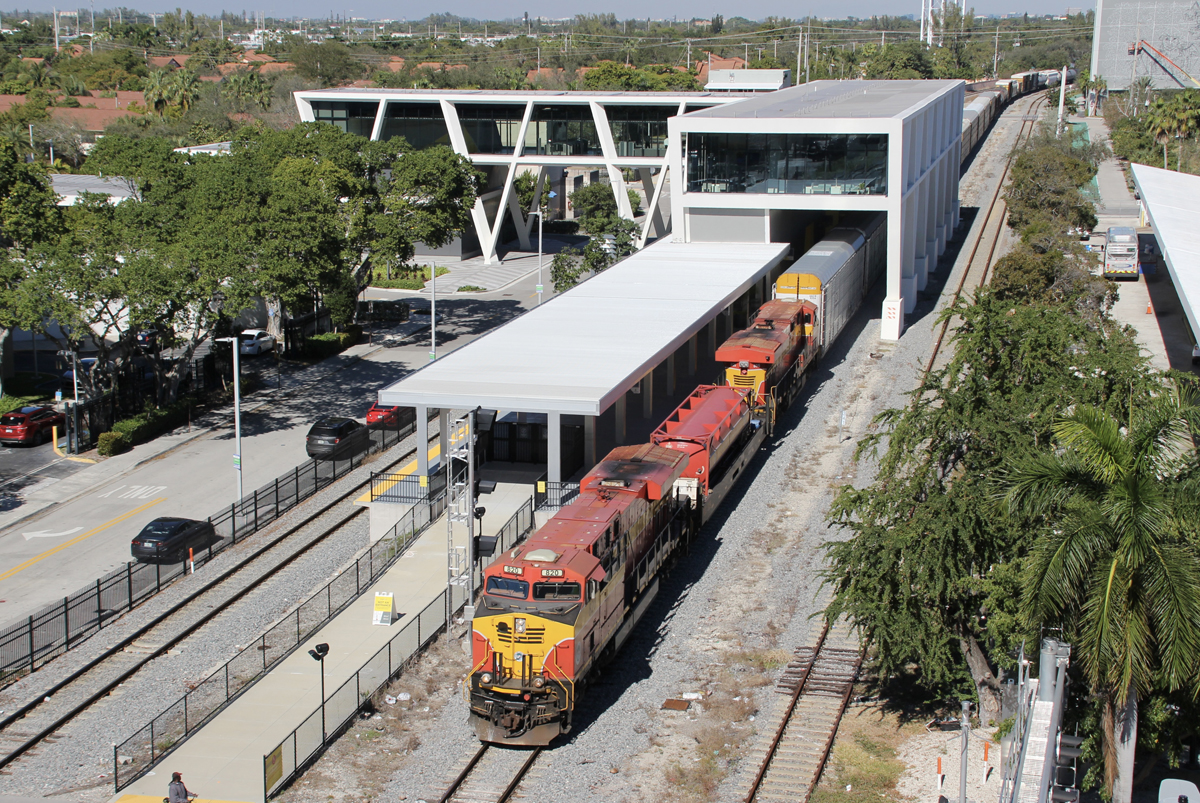

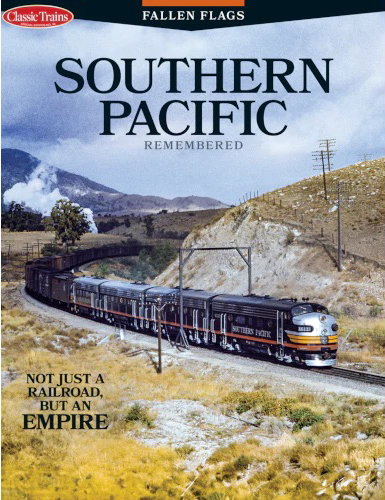
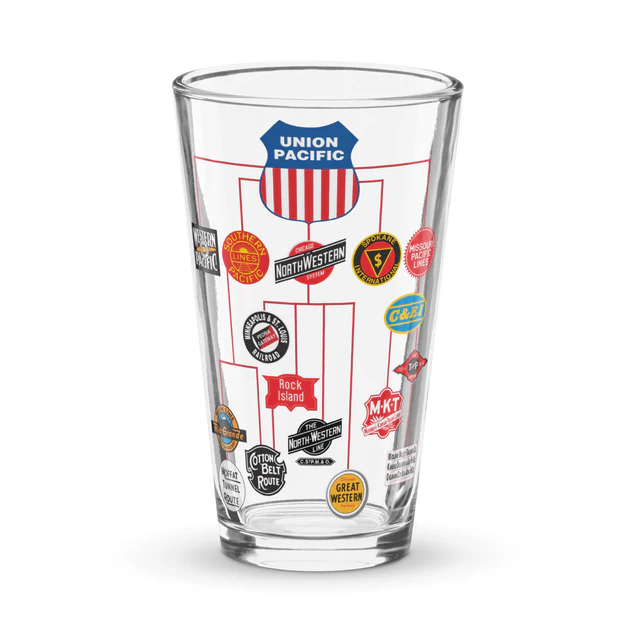
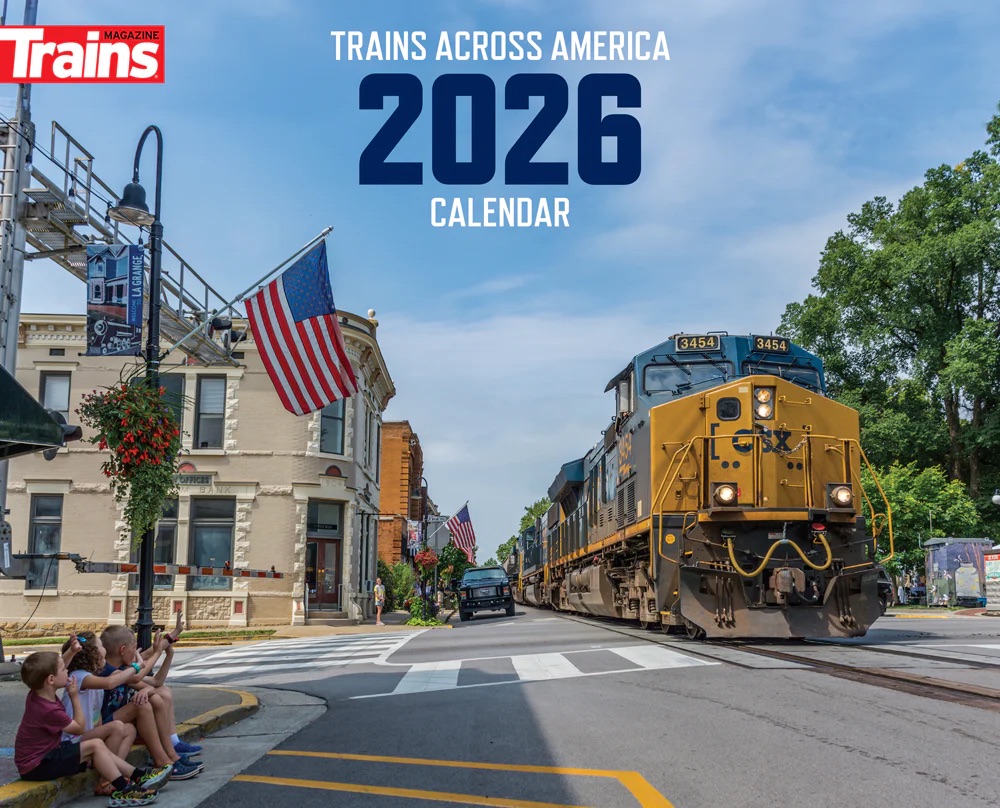
SAS ìs SanAntonioStation.
Have you been watching the performance of 822 lately? BNSF can’t seem to get the train through the Alliance yard north of Ft. Worth, then there’s interference from there to the OK border. I was on the train earlier this year and like yesterday, the train arrived OKC after 11pm. This does not allow sufficient time for the bus to connect with train #3 in NEW. People who are miss connects are housed at the Hilton Garden Inn in downtown Wichita. There are also several slow orders along the route. Besides the funding, negotiations with BNSF need to call for OT performance and have slow orders fixed.
SAS is the abbreviation for (at the time it was created) San Antonio, TX – SP station. At the time, the Inter-American (predecessor to the Texas Eagle) stopped in San Antonio “at Commerce Street and MP Railroad Tracks” with a city code of SAM for San Antonio, TX – MP. This situation (now a mute point) explains other city codes like GBB and CVS.
This is what you can call heartfelt train passion… Bravo and bravo again!
Dr. Güntürk Üstün
IMO the ideal service would be a thru coach & sleeper from SAS – FTW on train 22. Then those cars on the Heartland to Newton Kansas to be added to SW Chief to Kansas City and CHI. Time keeping would have to be improved with maybe a stub train from SAS if connection from LAX too late.
This paper proposal has no chance until probably 2031 at the earliest with the present shortage of revenue cars.
I’m not sure, Alan, where SAS is.
Two points:
(1) In this discussion I have always favored a train DFW all the way to Chicago, meaning two frequencies (train pairs) Newton to Galesburg, and four frequencies (train pairs) Galeburg to Chicago.
(2) A transportation provider that needs six years to establish a service isn’t a transportation provider that can be relied upon.
SAS is San Antonio, a city in Bexar county, Texas.